Hedges may seem like a relatively modern fashion dreamt up by landscapers and homeowners as a way to set off property lines and garden features. But actually, the history of hedges goes back centuries — all the way back to the Bronze Age, in fact, when people decided hunting and gathering was a bit passé, and having their own personal gardens and farms was a much better idea. In those days and for centuries afterward, hedgerows were utilitarian, used as living fences to define personal landholdings and, in some cases, to fence in livestock.
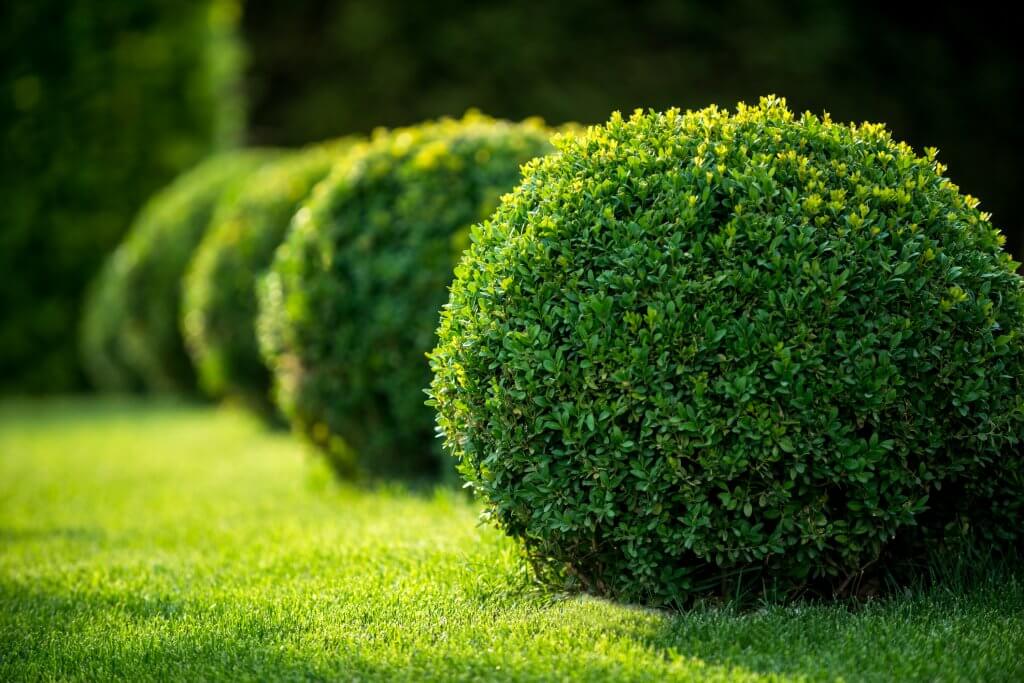
Today, though, hedges are widely used as a decorative element, adding both color and texture to residential and commercial landscapes. If you’re looking for a beautiful way to spruce up your landscape or to set off an area of your yard, a small hedge could be just what you’re looking for. Here are six small hedging plants worthy of your consideration.
Here are the Best Small Hedging Plants for all Landscapes
This list includes popular options for all soil types and lighting needs, so you can select the plants that work best for your space.
Box Hedge
Boxwood is a traditional and familiar option for more formal, clipped hedges. Its dense leaves and branches can be sculpted and clipped close, making them a great choice for bordering a walkway or other area where formality and containment are important. They prefer partial to full sunlight and well-drained soil.
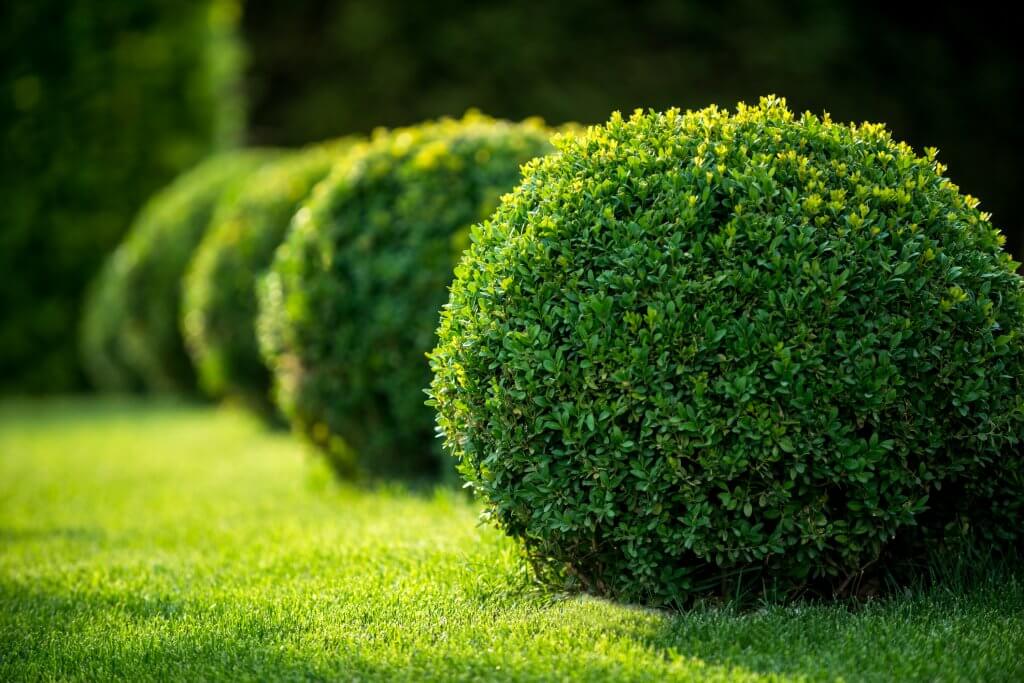

Nandina
Sometimes called heavenly bamboo, nandina is beloved for its colorful foliage, which turns red for part of the year. Some varieties hold their red color for up to nine months. Despite its nickname, nandina is not a true bamboo, and it won’t spread invasively, making it a good choice around bushland. Nandina can be grown in any type of light, but it needs sun to get its deepest red hues.
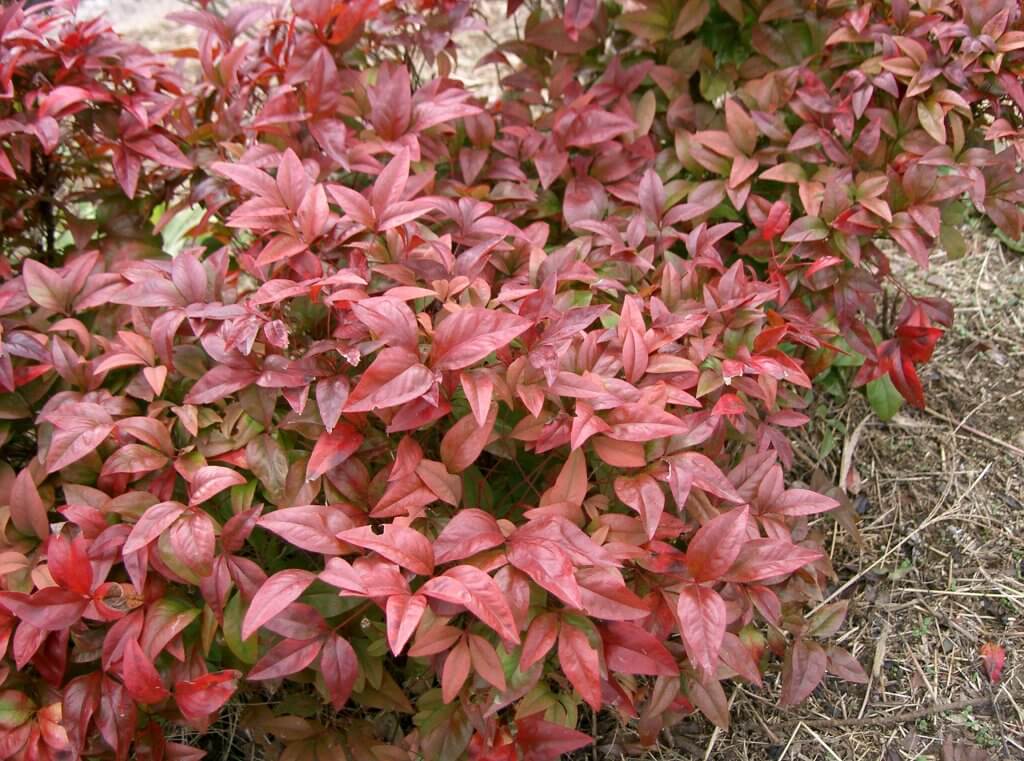

Westringia
Westringia is a popular small hedge choice with pale mauve flowers and a neat habit similar to boxwood. An Australian native, it prefers sandy or well-drained soil and does well in partial shade to full sun. It’s an excellent alternative to boxwood, and doesn’t require as much pruning to retain its shape.
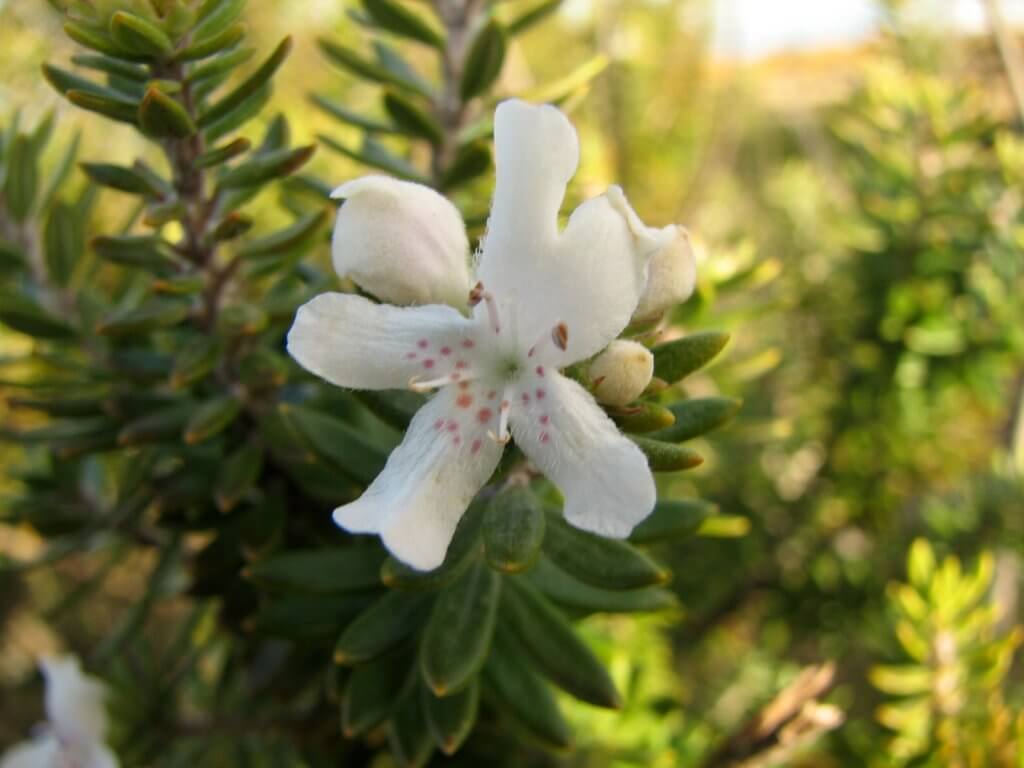

Heath Myrtle
Heath myrtle is a compact shrub with tiny white flowers that attract birds, butterflies and other pollinators. It’s a great option for native gardens, and it does well in coastal areas, too.


Midgen Berry
Another native, midgen berry has a neat growing habit that works especially well in naturalized areas and native gardens. White flowers in early summer give way to sweet, edible berries later on. Midgen berry likes sandy, well-drained soils and partial to full sun.
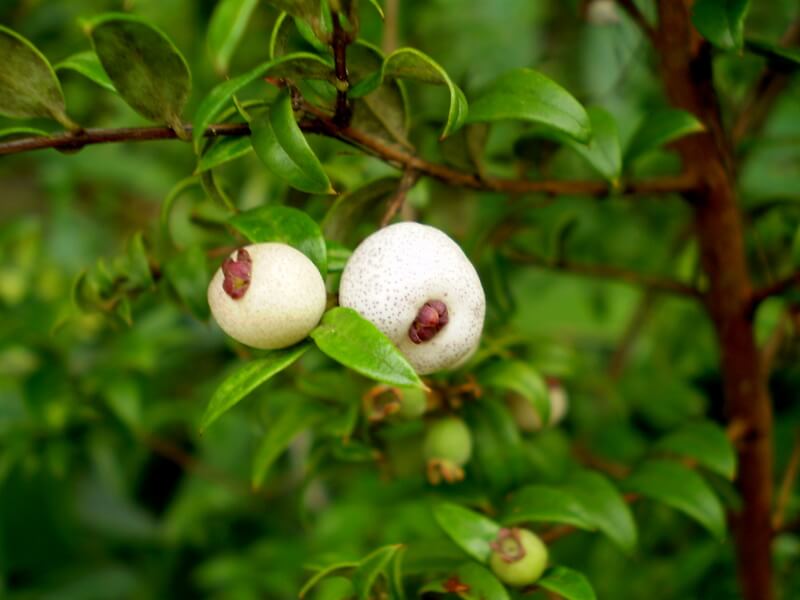

Weeping Bottlebrush
Weeping bottlebrush is a well-loved hedge plant that does well in most soils and most light conditions — from part to full sun. They don’t mind the wind, and they tolerate both drought and frost. They also don’t need much trimming to stay in bounds.
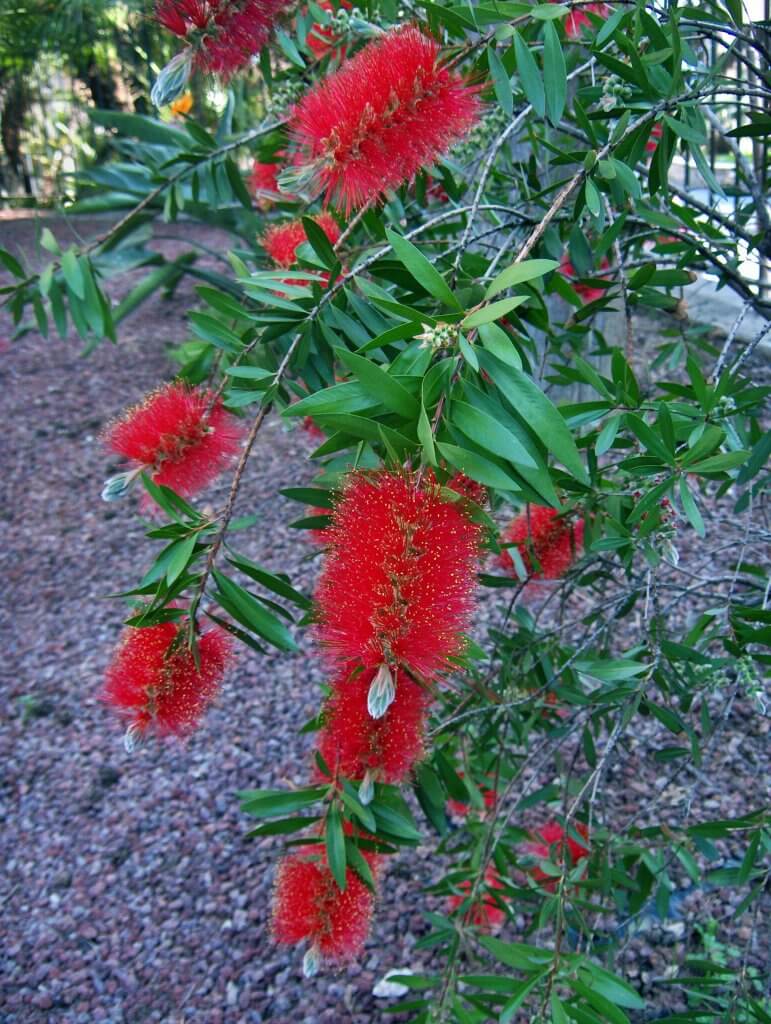

Where to buy
If you are looking to buy small hedging plants, we suggest you check out our friends at Australian Plants Online. Australian Plants Online have a large variety of small hedging plants available that you can order online. Delivery from $15.40 (addition fees may apply). More details here. Delivery only available to ACT, NSW, QLD, SA, VIC and WA.
Do you live in Hobart Tasmania? Check out our preferred local plant supplier Greenhill Nursery. They have a fantastic selection of small hedging plants available.
Establishing Your Small Hedge Plants
As with any other plant, hedge plants vary in terms of the care they need and the light conditions and soils they prefer. Light is pretty much determined by other plants and structures surrounding your yard, but you can adjust your soil to some degree. Ideally, you want to select plants that work well in the soil you’ve got. But another option is to remove the soil in the planting area and replace it with a soil mix that’s more conducive to the plants you want to grow.
Planting is also the time to decide if you want to add an irrigation system to your hedgerow to make it easier to care for your small hedge plants in the hot, dry months of the year. The good news is, with any of the plants listed above, once your hedge is well-established, it’s likely to thrive and be relatively worry-free, as long as you’ve placed it in an area with the right amount of light and drainage for its needs.
[elementor-template id=”4604″]
[elementor-template id=”6387″]
